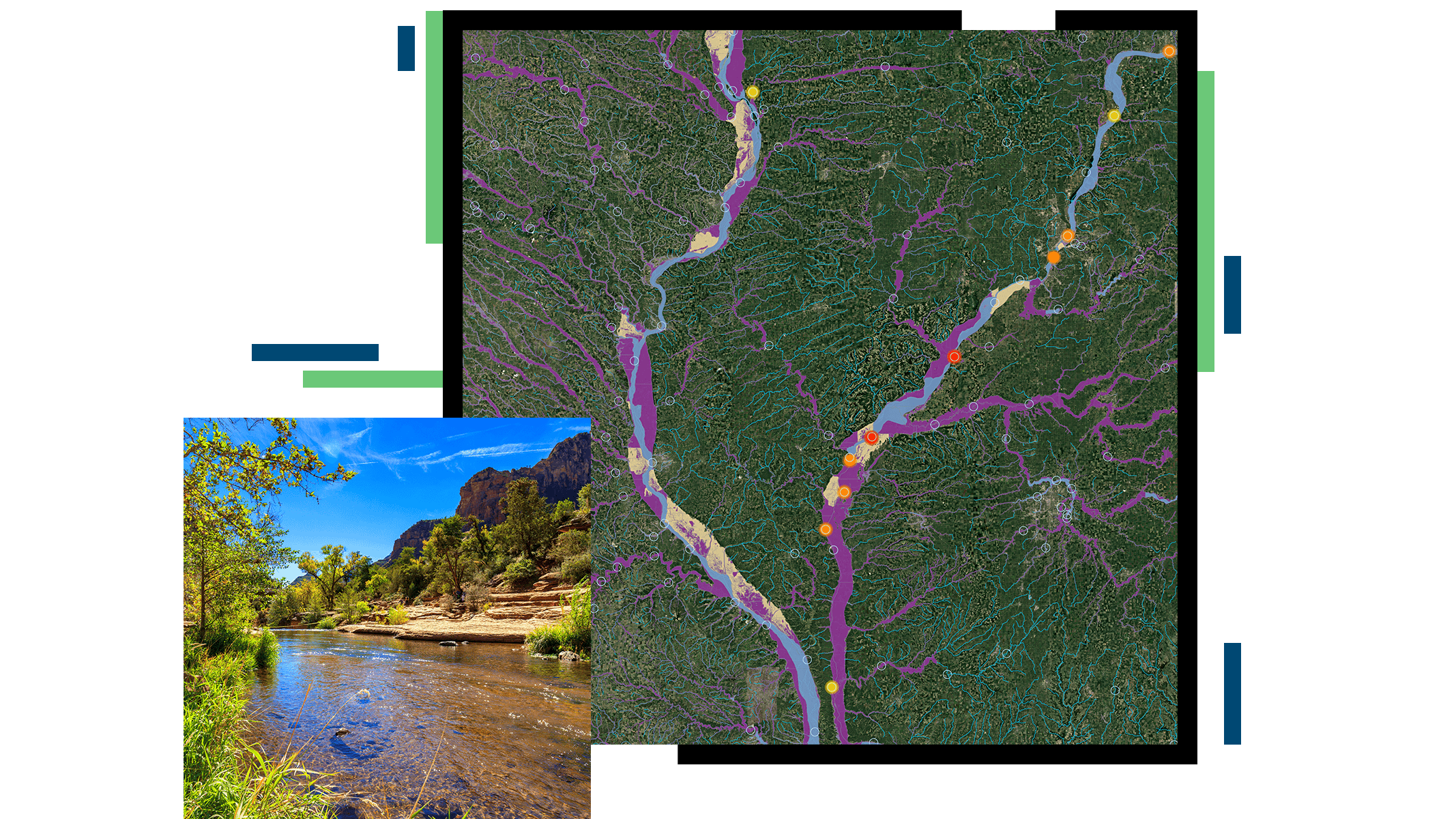Promote compliance
Environmental agencies can promote compliance by streamlining business processes. With GIS, staff can conduct paperless permitting inspections offline, monitor assets remotely in real time, assess the status of processes, and automate tasks.





